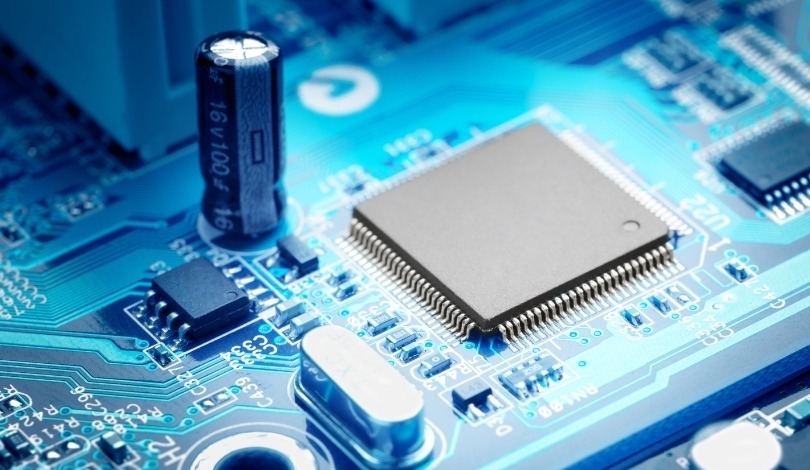Selecting the right graphics card is crucial for optimizing PC performance, whether for gaming, content creation, or professional tasks. With an array of options available from leading brands like NVIDIA and AMD, making an informed decision can be daunting. Extensive testing of various GPUs provides valuable insights into their capabilities and helps users choose the best fit for their specific needs. Understanding the latest advancements and market trends further aids in tailoring selections to individual requirements.
The GPU market has evolved significantly, offering enhanced efficiency and superior rendering capabilities compared to previous generations. Modern graphics cards not only deliver better performance but also incorporate support for new features that cater to diverse user demands. This evolution has expanded consumer choices, allowing for more customized selections based on specific applications and budget constraints.
Performance Metrics to Consider
When evaluating a GPU, key performance metrics such as frame rates, processing power, and thermal efficiency play a pivotal role. These factors determine how well a graphics card can handle various applications and workloads. According to industry experts,
“Performance benchmarks are essential for understanding a GPU’s real-world capabilities.”
Assessing these metrics ensures that users select a card that meets their performance expectations.
Budget and Value Analysis
Budget is a major consideration in GPU selection. The market offers a wide range of price points, with higher-end models providing more features and better performance. Consumers must balance their financial constraints with their performance needs.
“Finding the best value for your money involves comparing the features and performance across different price ranges,”
advises a leading tech analyst.
Compatibility and Future-Proofing
Ensuring compatibility with existing PC components and future-proofing for upcoming technologies is vital. Users should check the power requirements, physical size, and interface compatibility of the GPU with their system. Additionally, investing in a graphics card that supports the latest standards can provide longevity and better performance with future software updates.
Selecting the appropriate GPU requires careful consideration of multiple factors to achieve optimal performance and value. By focusing on performance metrics, budget constraints, and compatibility requirements, users can make informed choices that enhance their overall computing experience. Staying informed about the latest advancements and market trends further aids in tailoring selections to evolving needs.










